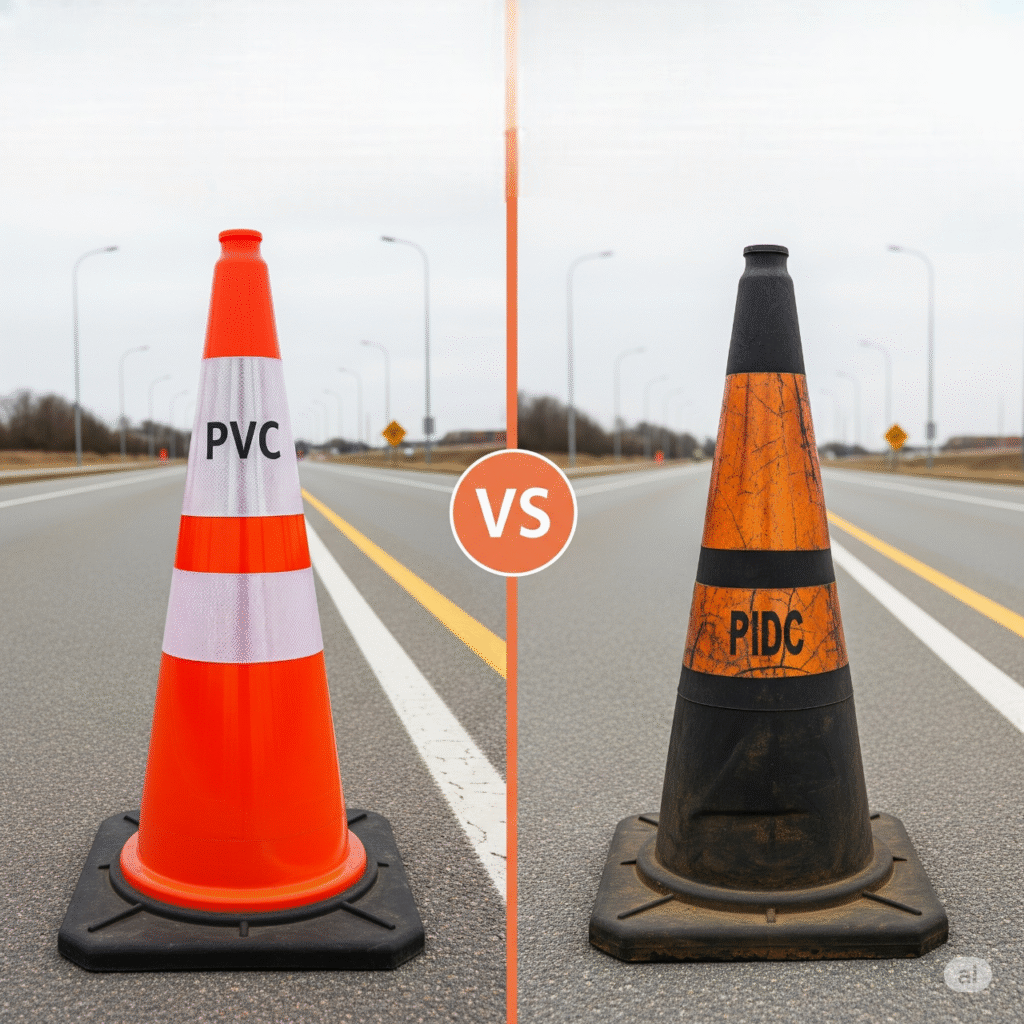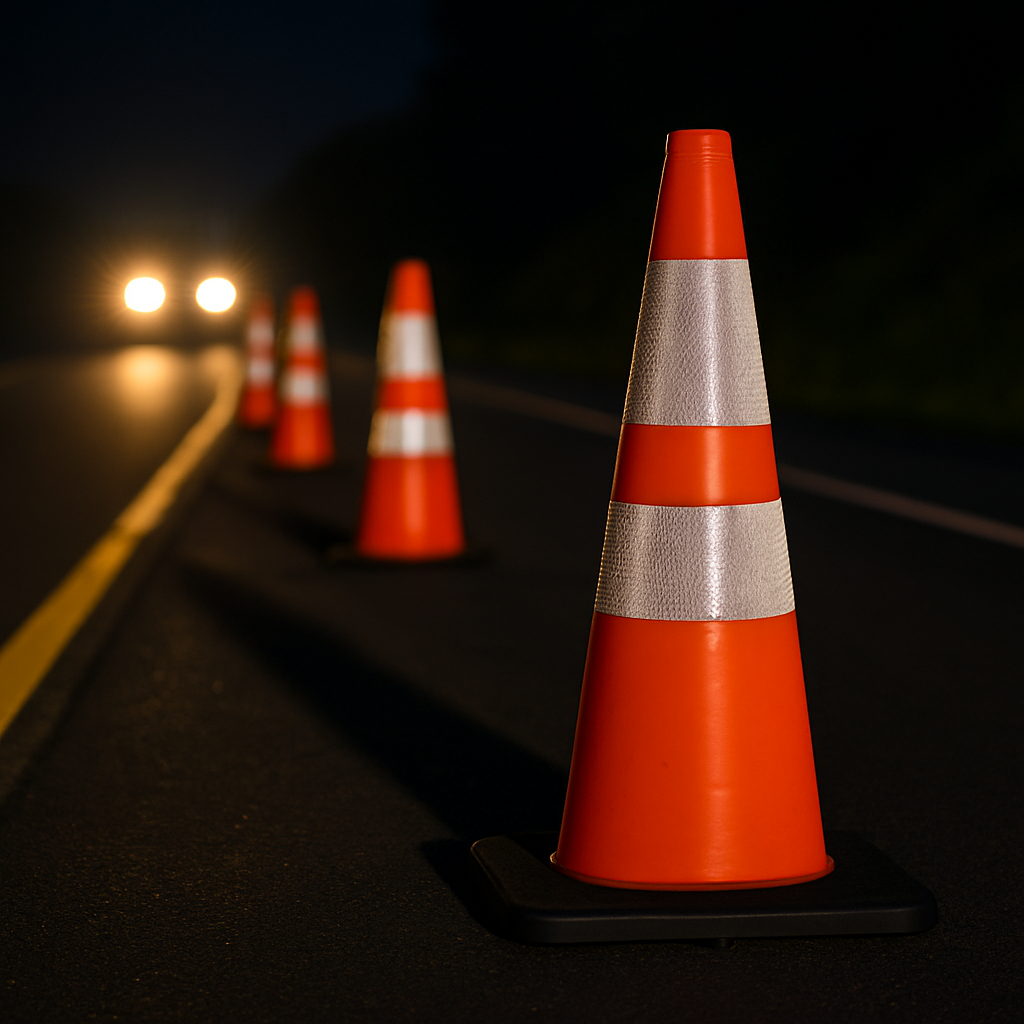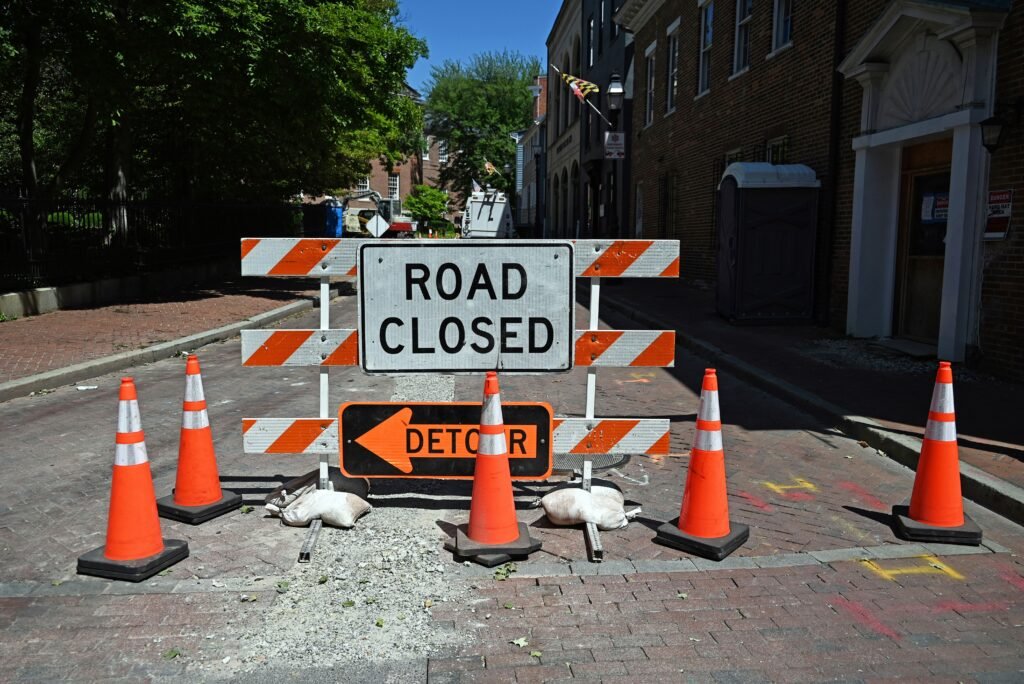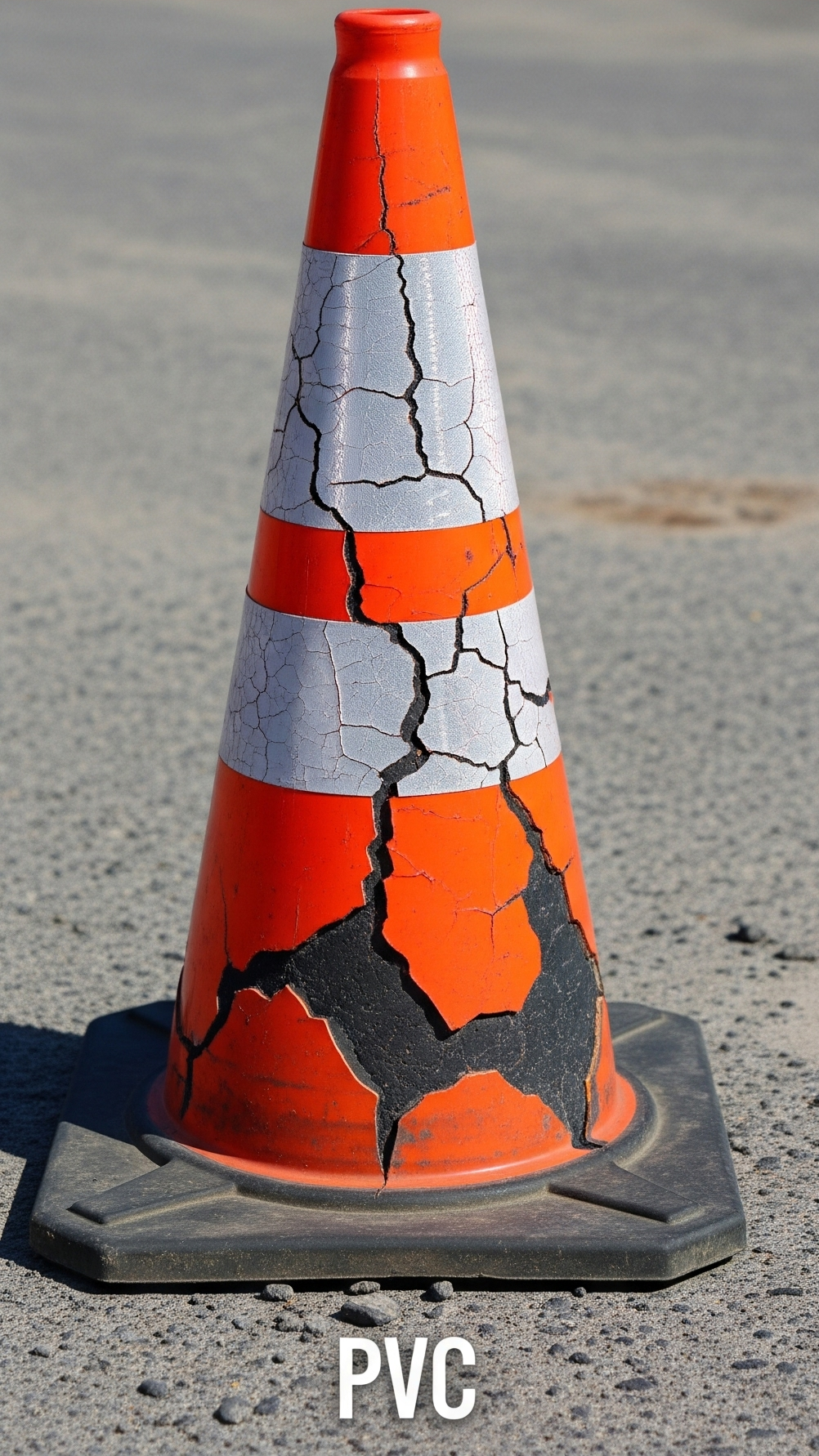Industrial-grade traffic cones are one of the most cost-effective and adaptable safety tools in any commercial environment. From fast-moving warehouses to active construction sites, they help manage temporary hazards in real-time, without slowing down operations. However, their full potential is often underused or misunderstood. Proper deployment, strategic planning, and using the right type of cones can drastically reduce accidents and improve operational flow.
Understanding Temporary Hazards in Industrial Settings
Temporary hazards arise from maintenance tasks, equipment failures, weather-related disruptions, or unplanned changes in workflow. These risks aren’t permanent, but they demand immediate attention and control. Unmarked hazards can lead to slip-and-fall injuries, forklift collisions, or blocked emergency paths. That’s where industrial-grade cones become essential, they provide instant, visual isolation of the hazard and guide personnel or vehicle traffic safely around it.
Why Industrial-Grade Cones Are Different
Not all cones are built the same. Industrial-grade cones are designed for durability, weight, and visibility in demanding environments. These cones are made from high-impact PVC or rubber that can withstand vehicle contact, high winds, and harsh weather. Many include heavy bases to prevent tipping and reflective collars for visibility in low-light or night operations. This makes them far more reliable than standard lightweight cones used in pedestrian or residential areas.

Common Scenarios Where Cones Are Critical
In industrial facilities, maintenance and repair activities often create high-risk zones. For example, when repairing a conveyor system, cones can be used to section off the area, preventing unauthorized access. In case of oil or chemical spills, cones help contain the zone while cleaning teams work on it, minimizing risk of slips or contamination. Even during routine floor cleaning or minor equipment moves, cones are essential for guiding both foot and vehicle traffic.
Traffic Redirection and Vehicle Safety
In facilities with active forklift lanes, delivery trucks, and other internal vehicle movements, traffic cones are a frontline safety measure. If a route is temporarily blocked due to unloading, repairs, or inspections, cones quickly redirect the flow without needing permanent signage. High-visibility cones act as warning points and help create temporary lanes, especially when there’s a need to separate forklifts from pedestrian paths. Their weight and reflectivity ensure they stay visible and upright even in high-traffic areas.
Spill Containment and Immediate Isolation
When a liquid spill occurs in a facility, fast isolation is critical. Cones can be deployed instantly to create a perimeter around the spill zone. This alerts anyone nearby to the danger and prevents unnecessary entries until cleanup is complete. In high-risk industries, this rapid response using cones is part of standard operating procedures for environmental or safety compliance.
Visibility for Low-Light and Emergency Conditions
Many facilities operate across night shifts or have covered zones with limited lighting. Industrial cones equipped with reflective collars are highly effective in such settings. Their bright color and reflection from forklifts or overhead lights provide early warnings to operators. In emergency scenarios, such as gas leaks or short-term evacuations, cones can be used to block access routes, guide exit traffic, or section off affected zones until safety teams take over.

Placement Strategy and Best Practices
Correct cone placement determines how effective they are. They should be positioned far enough in advance of the hazard to provide warning but close enough to block accidental access. In high-speed vehicle zones, cones may need to be spaced out to guide drivers gradually around the hazard. In pedestrian-heavy areas, tighter groupings are more effective.
Avoid random or inconsistent layouts. Cone placement should follow clear internal guidelines. If your facility doesn’t have a documented protocol, consider working with the safety officer to create one, especially for frequent hazard types like leaks, moving equipment, or temporary machine zones.

Cone Storage and Accessibility
A good deployment plan fails if cones aren’t stored properly. Industrial cones should be available in high-risk zones, especially near maintenance areas, warehouses, loading docks, and machine rooms. Storage racks or carts can improve mobility and make deployment quicker. For large facilities, it’s smart to place cone stations in central locations or assign a specific number to each department.
Quick access is key during emergencies or unplanned hazards. Waiting for someone to retrieve cones from a far corner of the building defeats the purpose of having them in the first place.
Inspection and Maintenance of Cones
Over time, even high-quality cones wear out. UV exposure, impact, or chemical contact can fade colors, damage reflective strips, or weaken the base. Cones that don’t stand properly or aren’t clearly visible lose their function and can be a liability. It’s important to include cones in your facility’s monthly safety inspections. Damaged cones should be replaced immediately and tracked like any other piece of safety equipment.
Some facilities use colored tags or date labels on cones to monitor their condition over time. This small step ensures that cones don’t silently become ineffective due to wear and tear.

Training Teams for Fast Response
Even though cones are simple tools, staff still need to be trained on when and how to use them properly. New hires, especially in operations or janitorial teams, should be instructed on cone deployment. Clear rules should exist for who is authorized to place cones and when they need to be removed. Leaving cones behind after a task is complete can confuse traffic flow and reduce the credibility of hazard markings.
For example, cones should always be removed once a spill is cleaned or a machine is back online. Prolonged or careless use of cones leads people to ignore them, weakening their effectiveness.
Integrating Cones Into Broader Safety Plans
Traffic cones should not be used in isolation. For maximum impact, they must be part of a larger safety system that includes signage, floor markings, barrier systems, and communication protocols. When integrated with your facility’s safety plan, cones become an immediate-action tool while longer-term controls are implemented.
During audits or compliance checks, showing that your team actively uses cones for hazard control demonstrates commitment to proactive risk management. It’s a small investment that supports your overall safety culture.
Final Thoughts
Industrial-grade traffic cones may appear basic, but when used properly, they provide a fast, clear, and adaptable solution for managing temporary hazards. In busy industrial environments, where change happens by the minute, having a reliable system for quick hazard response is not optional, it’s essential.
By selecting durable cones, placing them strategically, maintaining their condition, and training teams to use them effectively, businesses can handle temporary risks without disruption. For any facility committed to safety, cones are not just accessories, they’re frontline tools that deserve proper attention.
Looking for a custom traffic cones manufacturer or supplier? Struggling to find the right factory to bring your vision to life? We’ve got you covered! At our place, we craft top-quality traffic cones with precision and care. Big or small, your needs are our mission. Let’s launch your cones project and take your product line to the next level! Click here to contact
